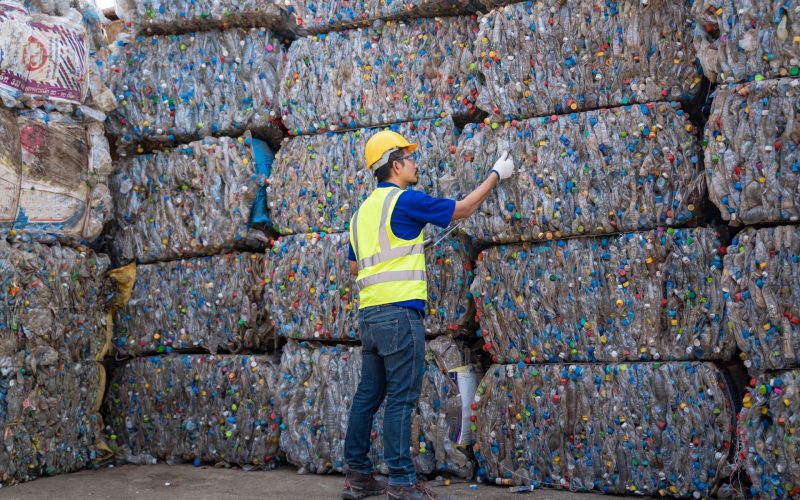Green energy, though, is at the heart of the green economy in the twenty-first century. The threat of disruptive climate change has directed attention on the central role that energy plays in shaping the future interaction between humans and the natural resources on which they are dependent. It is vital that renewable energy sources and green industries become more competitive relative to the entrenched fossil fuels, thus enhancing the attractiveness of investing in the green economy. When applied appropriately, economic incentives can accelerate the turning point of the transition from a high-carbon, fossil fuel-based economy to a less carbon-intensive one that encourages innovation and efficiency.
The vertically integrated power utility in South Africa has had a monopoly backed by state-ownership of generation, distribution and supply of electricity. Owing to sunken costs in its old technology, it has been anything but agile in responding to calls to move from dirty-energy coal production. However, there are signs that government policy has finally stirred this giant relic into competing with the new, especially foreign, entrants into the renewables market.








